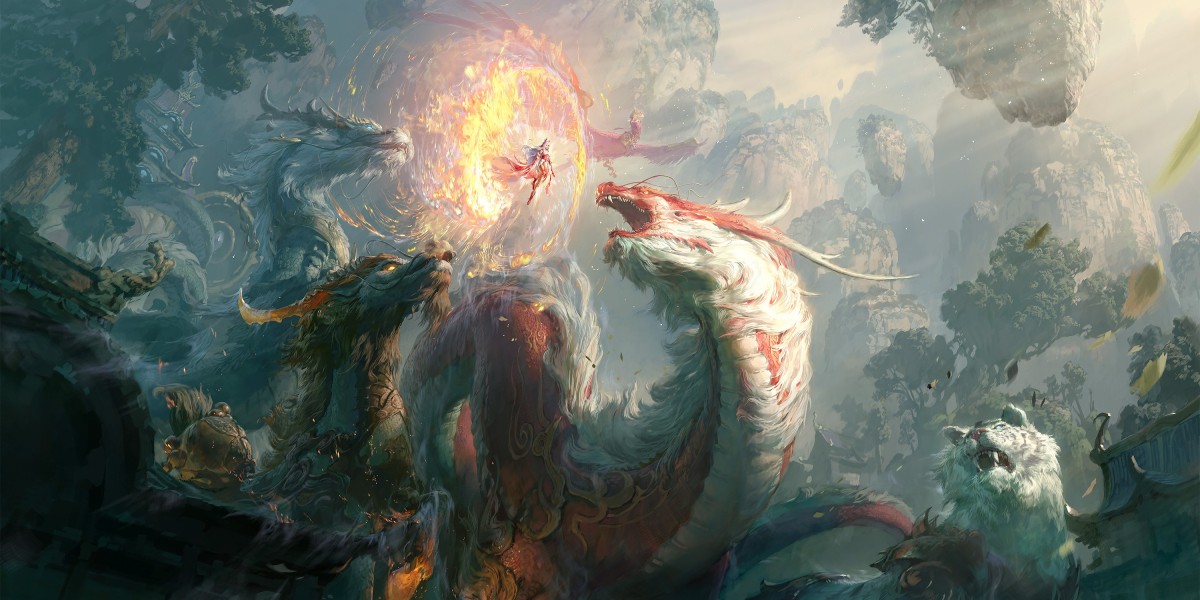Unveiling the Enigmatic Allure of Viking Jewelry: A Journey Through Time and Craftsmanship
Viking jewelry holds a distinctive place in Norse culture, serving not only as adornments but also as symbols of identity, status, and belief systems. Crafted with meticulous attention to detail, each piece reflects the values of the Viking society and tells stories of their rich history. From grand brooches to intricate pendants, the aesthetic appeal of Viking jewelry captivates many, drawing people into the world of the Norsemen. The craftsmanship involved in creating these pieces showcases a deep understanding of materials and techniques, portraying the skill and artistry that defined the Viking Age. As we delve into the history, significance, and design styles of Viking jewelry, we will uncover the layers of meaning embedded within each exquisite piece.

The Historical Context of Viking Jewelry
The origins of Viking jewelry can be traced back to the early medieval period, roughly between the 8th and 11th centuries. This era saw the rise of the Viking Age, during which Norse seafarers explored, raided, and traded across Europe, leaving an indelible mark on history. Geographically, Viking jewelry flourished in regions such as Scandinavia, including present-day Norway, Sweden, and Denmark. The jewelry was not merely decorative; it was influenced by significant historical events such as the spread of Christianity, trade routes, and interactions with other cultures. For instance, the introduction of new materials and techniques from the Byzantine Empire and the Islamic world enriched Viking designs, leading to a more diverse range of jewelry styles. As friends of mine who are history enthusiasts often share, the stories behind these pieces are as captivating as the jewelry itself, reflecting a society that valued both aesthetics and functionality.
Significance and Symbolism in Viking Jewelry
Viking jewelry was imbued with meaning, serving various purposes beyond mere decoration. Many pieces were used in rituals and ceremonies, believed to possess protective qualities or to invoke favor from the gods. For instance, amulets and pendants were often worn to signify personal beliefs or to protect the wearer from harm. Additionally, jewelry acted as status symbols; the materials used—such as gold, silver, and precious stones—often indicated wealth and social standing. The intricate designs, such as those featuring animals or mythological motifs, could also convey personal identity or lineage, showcasing clan affiliation and heritage. A friend of mine who collects replicas of Viking jewelry often points out how these elements create a connection to a broader narrative, allowing modern wearers to engage with the rich cultural tapestry of the Viking Age.
Design Styles and Craftsmanship Techniques
The design of Viking jewelry is characterized by a variety of styles, each highlighting the craftsmanship and creativity of its makers. Popular pieces include brooches, bracelets, rings, and pendants, many of which feature intricate patterns and motifs inspired by nature and mythology. The techniques employed were advanced for their time, incorporating methods such as metalworking, engraving, and the use of gemstones. Craftspersons would often utilize techniques like granulation and filigree to create detailed designs that were both functional and ornate. The incorporation of materials like amber, glass, and even animal bone added an extra layer of depth to the jewelry. My friend, an artisan who specializes in historical jewelry, often demonstrates how these techniques are still relevant today, merging ancient craftsmanship with modern design sensibilities.
The Legacy of Viking Jewelry in Modern Culture
The influence of Viking jewelry continues to resonate in contemporary fashion, with many designers drawing inspiration from its distinctive styles and symbolism. The resurgence of interest in Norse mythology and history has led to a newfound appreciation for Viking aesthetics, seen in everything from high fashion to everyday accessories. Additionally, Viking jewelry features prominently in popular culture, with films, television shows, and literature portraying the enchanting world of the Norsemen. This modern fascination has sparked a revival of traditional craftsmanship, as artisans seek to recreate and reinterpret these ancient designs for today’s audience. In conversations with friends who are fans of Viking-themed media, the admiration for the jewelry's rugged beauty and historical significance is often evident, marking it as a timeless element of cultural identity.
Exploring the Timeless Allure of Viking Jewelry
In summary, Viking jewelry is a remarkable reflection of Norse culture, encompassing a rich history of artistry and symbolism. From its origins during the Viking Age to its lasting impact on modern design, the allure of Viking jewelry lies in its ability to connect us to a time when craftsmanship was both a skill and a form of storytelling. The significance of each piece, whether as a status symbol, a protective talisman, or a personal expression, enhances our understanding of the values and beliefs of the Viking society. As we continue to witness the evolution of jewelry design, the legacy of Viking craftsmanship remains a testament to the enduring appeal of these ancient treasures.








